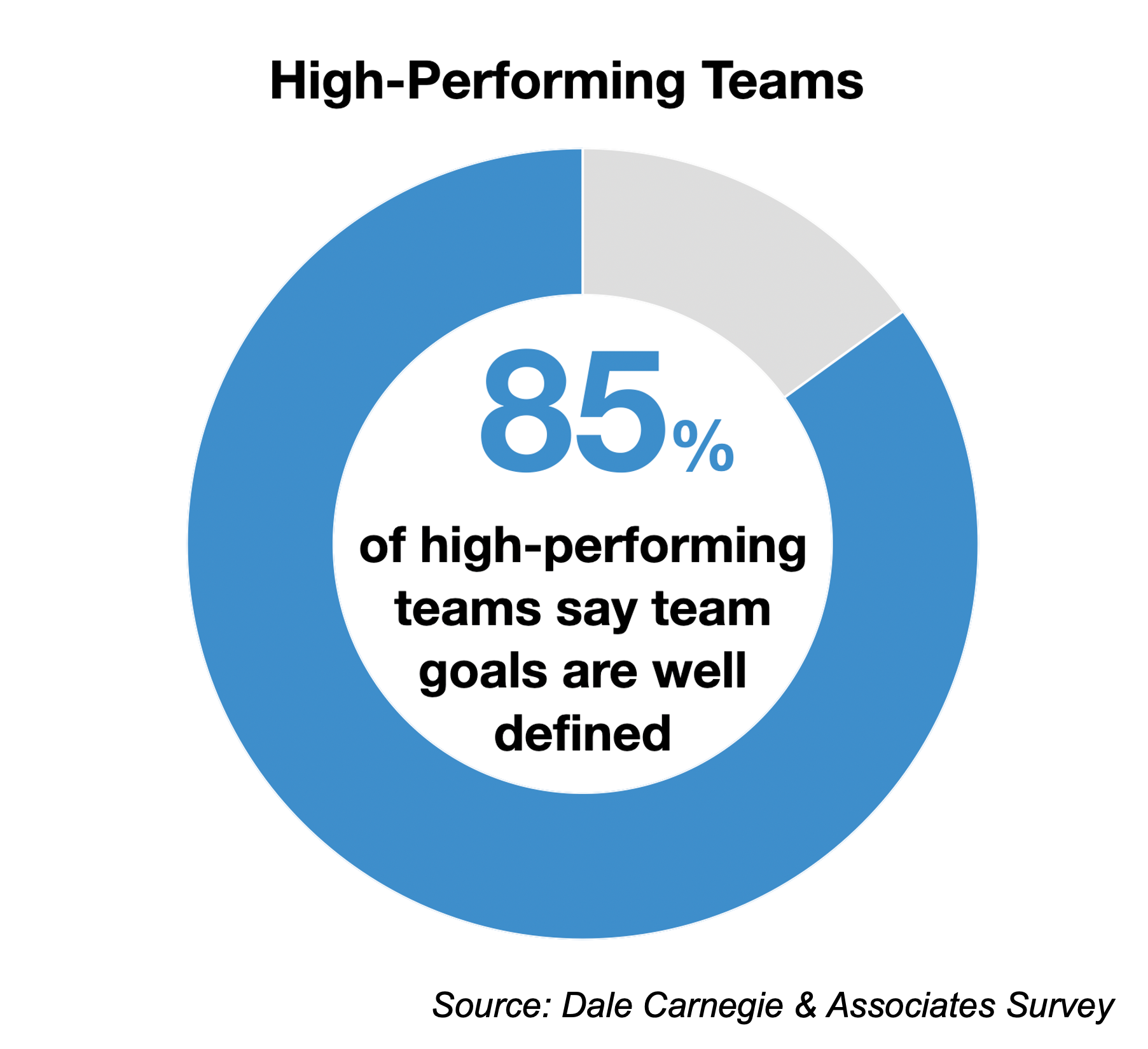Avoid Micromanagement in Remote Work
4 Steps to Avoid Micromanagement in Remote Work
4 Steps to Avoid Micromanagement in Remote Work
4 Steps to Avoid Micromanagement in Remote Work
4 Steps to Avoid Micromanagement in Remote Work

Avoid Micromanagement in Remote Work
Avoid Micromanagement in Remote Work
Avoid Micromanagement in Remote Work
Avoid Micromanagement in Remote Work
Key Insights
- The absence of a clear vision creates a barrier to high-performing teams.
- Establish a sense of purpose for your teams…this is the why.
- These will take time, reflection, and dialogue as you want them to be impactful, effective, and concise when creating a vision for your team.
Without establishing a clear vision and purpose for your team, members will find it difficult to focus efforts on shared goals and how their knowledge, skills, and abilities (KSAs) might best contribute to team success. Individuals as part of your team may then operate within their own understanding of these important aspects and can hinder team performance.
This is not a conscious effort to derail your team by its members, but when leaders fail to establish a clear purpose and vision, individuals will create meaning and order from the information available and in doing so, may very well believe that their efforts are working toward team success—whatever they believe that to be. When you compound that across the entire team, you can easily end up with a team of talented individuals all working toward a slightly different version of success and all with the best intentions. In the end, this can lead to frustration, finger-pointing, and other negative feelings toward your leaders, members, teams, and organization, and will be a barrier to a high performance.
Thus, creating a team vision statement and clearly conveying its purpose at the outset is critical to team success and those who do so effectively, help foster high-performing teams.
A Clear Vision Is Important for High-Performing Teams
What is a team vision—it is a critical component of a well-functioning team and serves the purpose of identifying where you’re going and communicating who you want to be when you get there. At the basic level for your members, it is the destination. This also allows participants to consider how their wants, needs, and desires align with yours and will then impact the level of internal and external commitment they ultimately display.
Approaching and developing a team vision statement is a tailored effort as the size, duration, and reason for being will vary. While not dissimilar to the creation of one surrounding your organization, team efforts typically allow for the vision statement to be more direct and concise surrounding the future state and are more adaptable over time as team goals are achieved and new ones created.

Establishing a clear team vision helps teams work toward high performance as it clearly communicates the desired future state, which provides clarity for decision-making and group collaboration. It can also help members identify key questions surrounding critical and relevant components of the team and its tasks in pursuit of goal achievement. This is impactful as it will encourage team members to persevere through difficult situations and can help place focus on collective team interests in lieu of individual ones.
Purpose and Vision Are Similar…But Different
When we consider that establishing a clear vision is paramount, leaders want to be mindful that along with the vision, there is also an established sense of purpose surrounding our teams.
As you consider your team’s purpose, you might also recognize that purpose overlaps with the mission as well. While related, as both can point more to the present than that of vision (which considers a future state), there are subtle but important differences. As shared in a recent study, while a mission statement will point to what your team does, the purpose statement will speak to why this is so. And the why is always important as, for example, it can help turn creativity into useful innovation.
Without communicating the why, tasks can seem meaningless or pointless as we fail to connect them to the big picture. In this manner, individual efforts can begin to feel like busy work where routine tasks or roles within our teams can be subject to becoming mechanistic and mindless, as shared decades ago in an influential article published in Human Relations. While AI can help alleviate some of these routine tasks in the workplace, this still doesn’t address the human element that desires to be connected to a purpose.
No matter what stage of work your team is at, continuous reminders as to the why will help them identify with a sense of purpose surrounding their contributions to the final product and help avoid these pitfalls.
Putting It All Together
Establishing a clear vision and purpose sets an expectation for performance and focuses decisions and actions on desired team outcomes. Without clear goals and an identifiable purpose each step of the way, our team members will have additional barriers in place that will hinder their pursuit of becoming a high-performing team.
Once established, leaders should continuously be aware of a potential need to adjust and be willing to adapt the vision of a team, and even the purpose, at the team and individual levels. Perhaps the vision wasn’t specific enough and workers are losing focus, or perhaps the timeline changes and alters the details of your goal that also affect the why. Whatever it is, to support your efforts in creating high-performing teams, you should be willing to adapt to changing circumstances while continuously soliciting feedback from your team.
But you need a baseline—a starting point for the journey to high performance. Consider starting but reflecting on the following surrounding your current team.
- Does your team have a clear vision statement?
- At this moment, could you easily identify and articulate purpose (why your team is doing what is does) and share it with a friend if they asked?
If you or any member of your team are unsure or hesitant regarding either of those questions, high performance is not out of the question, but it will not be the norm.
Where You Start From Is Less Important Than Taking the First Step
If you’re wondering where to start with identifying a purpose or how to create a vision for your team, you’re not alone as creating these foundational team elements can be difficult when we consider that we want to be impactful, effective, and concise with the outcomes. In fact, it’s the combination of these three goals that requires more time, resources, and effort than longer, more abstract, outcomes may entail.
Here are a few team vision statement examples from Leaders for three well-known companies:
- LinkedIn – “Create economic opportunity for every member of the global workforce.”
- Apple – “To make the best products on earth and to lease the world better than we found it.”
- Southwest Airlines – “To be the world’s most loved, most efficient, and most profitable airline.”
While attributed to various authors in history, the quote “I didn’t have time to write a short letter, so I wrote a long one instead” is applicable here. It will take time in reflection, discussion, and several iterations to develop and establish a clear vision and purpose surrounding your team(s). However, it will be well worth the effort as these items will be the foundation around which future team actions are considered and framed.
Creating a team that meets or exceeds its goals starts with defining a clear team vision and purpose. Whether your team meets in person, virtual, or hybrid, Dale Carnegie can help you begin the journey to high-performing teams today.
Learn more about how your teams can exceed their goals and usher your company into a brighter future.
Influence & Reduce Workplace Anxiety
Influence & Reduce Workplace Anxiety.
Influence & Reduce Workplace Anxiety.
